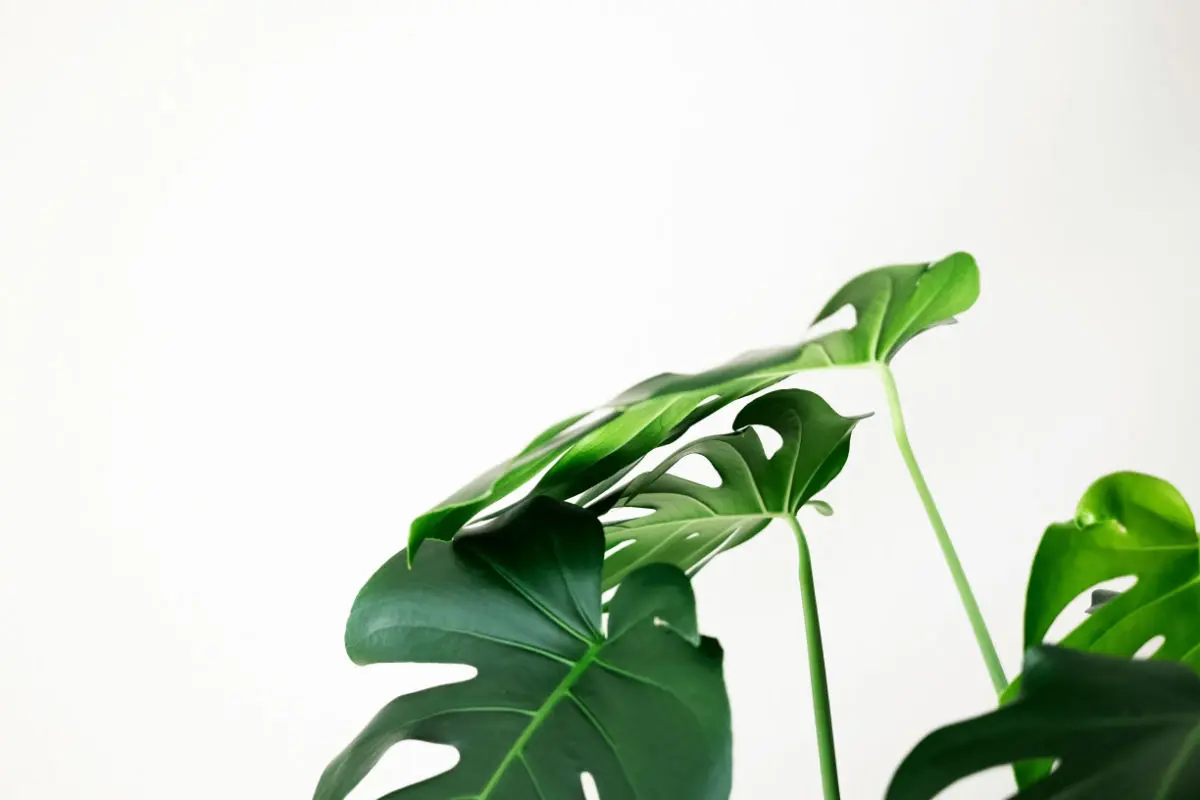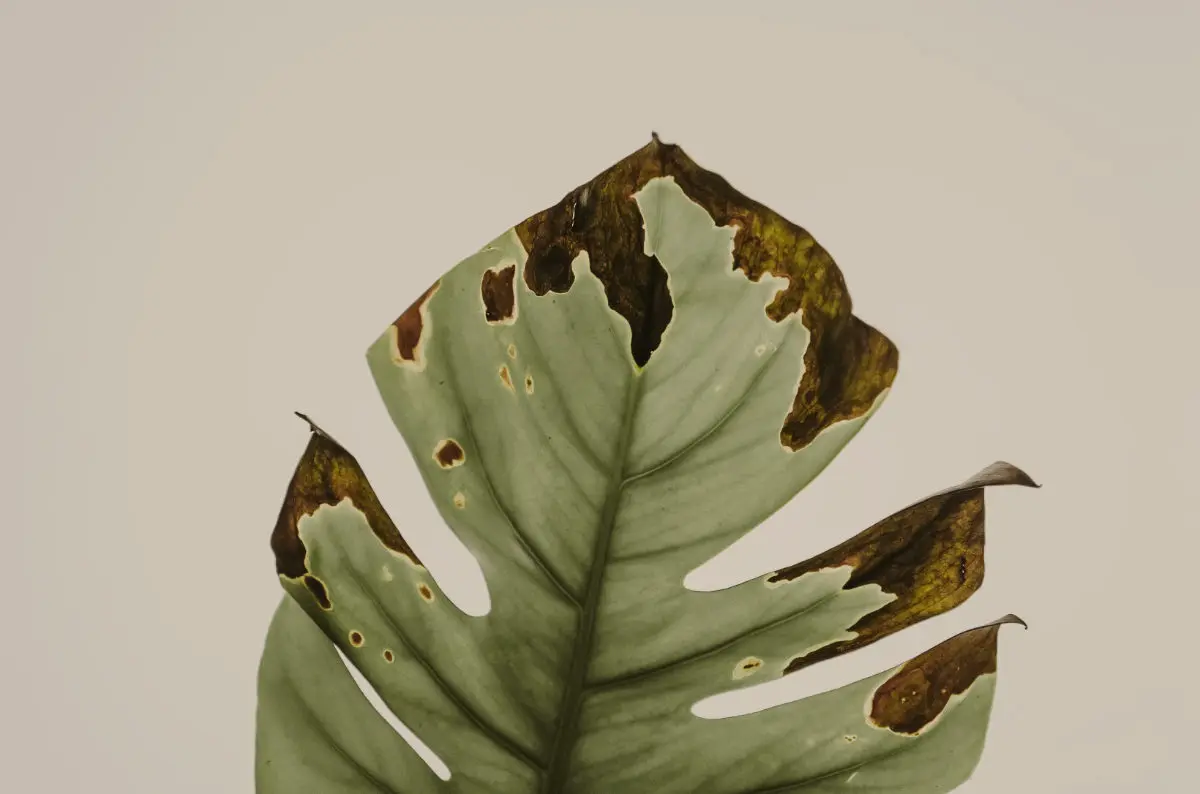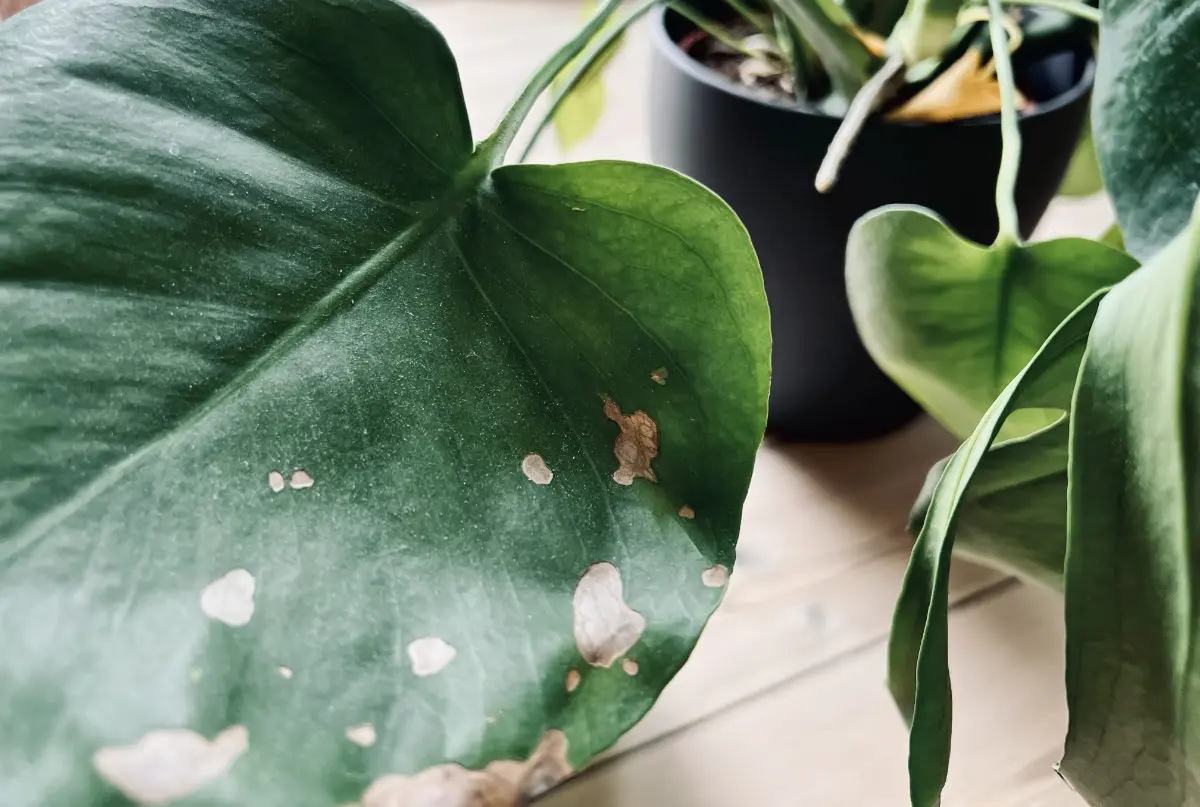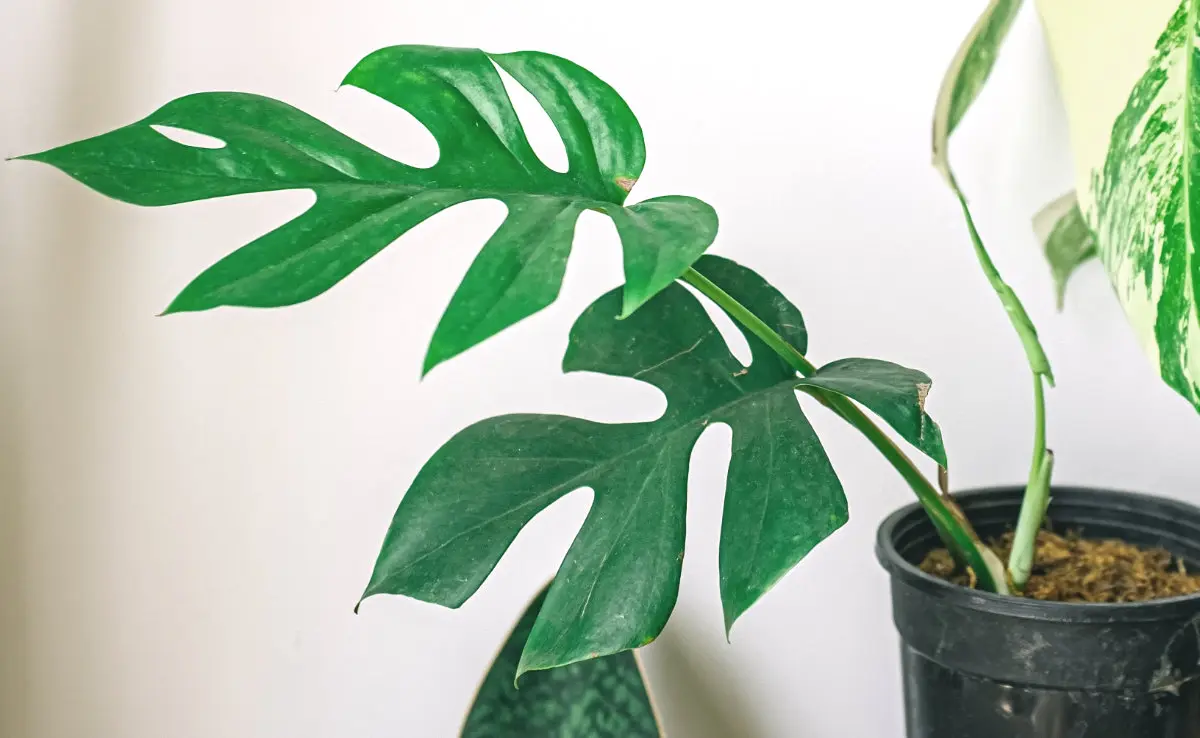Exploring the Fascinating Varieties of Monstera Plants
There are several types of Monstera plants, each with its own unique characteristics and leaf patterns. Explore the various types of Monstera plants and find the perfect one for your indoor garden.
By Tobias Holm
Step into the world of monstera plants and prepare to be awed by their remarkable variety. From the iconic Swiss cheese plant to the exquisite fenestrations, these unique plants never fail to captivate nature enthusiasts.
With its distinctively perforated leaves resembling slices of Swiss cheese, the monstera deliciosa is perhaps the most well-known member of the monstera family. Its lush, tropical foliage adds a touch of jungle allure to any space, making it a popular choice among houseplant enthusiasts.
But the fascination doesn't end there. Monstera plants come in a range of shapes, sizes, and patterns. Some varieties, like the monstera adansonii, boast delicate and intricate fenestrations, which are small, irregularly shaped holes in the leaves. These fenestrations not only add a stunning aesthetic element to the plant but also serve a purpose in its natural habitat, allowing sunlight to penetrate the thick rainforest canopy.
Whether you're a seasoned plant lover or just beginning your indoor gardening journey, exploring the enchanting world of monstera plants will open your eyes to the dazzling diversity of nature's creations. So, let's dive in and uncover the fascinating varieties that make monstera plants truly extraordinary.
The different types of Monstera plants
Monstera plants are known for their distinctively perforated leaves, which come in various shapes, sizes, and patterns. Let's take a closer look at some of the most fascinating varieties:
Monstera Deliciosa
The monstera deliciosa, commonly known as the Swiss cheese plant, is perhaps the most well-known member of the monstera family. Its large, glossy, and deeply lobed leaves have made it a favorite among plant lovers. The unique pattern of holes and splits in the leaves gives it the appearance of Swiss cheese, hence the name.
This tropical plant originated from the rainforests of Central America, where it thrives in warm and humid conditions. The Monstera deliciosa is aesthetically pleasing and relatively easy to care for, making it a popular choice for indoor gardens. Its lush foliage adds a touch of greenery and a sense of jungle allure to any space.
Monstera Adansonii
If you're looking for a more delicate and intricate monstera plant, the monstera adansonii might be the perfect choice. Also known as the Swiss cheese vine, this variety features smaller leaves with more pronounced fenestrations. The fenestrations, which are small, irregularly shaped holes in the leaves, give the plant an elegant and captivating appearance.
Native to the tropical rainforests of Central and South America, the monstera adansonii is a climbing plant that can be trained to grow on a trellis or allowed to cascade from a hanging basket. Its trailing vines make it an excellent choice for adding greenery to shelves or hanging planters. With proper care and attention, the Swiss cheese vine can thrive and bring a touch of natural beauty to any indoor space.
Monstera Obliqua
For those looking for a truly unique monstera plant, the monstera obliqua is a must-see. This rare and highly sought-after variety is known for its incredibly intricate fenestrations, which cover a significant portion of its leaves. The fenestrations in the monstera obliqua are much larger and more irregularly shaped compared to other varieties, giving the plant a striking and almost lace-like appearance.
Native to the rainforests of Central and South America, the monstera obliqua is considered one of the most challenging monstera plants to care for. It requires high humidity and consistent warmth to thrive. Due to its rarity and delicate nature, the monstera obliqua is often more expensive and harder to find than other monstera varieties. However, for dedicated plant enthusiasts, the beauty and uniqueness of this plant make it a worthwhile addition to any collection.
Monstera Epipremnoides
If you're looking for a monstera plant that combines the beauty of fenestrations with a unique leaf shape, the monstera epipremnoides, also known as the Karstenianum, is an excellent choice. This variety features elongated heart-shaped leaves with intricate fenestrations along the edges. The fenestrations in the monstera epipremnoides are smaller and more evenly distributed compared to other varieties, creating a stunning visual effect.
Native to the rainforests of Central and South America, the monstera epipremnoides is a climbing plant that loves bright, indirect light and high humidity. With proper care, it can grow to be an impressive specimen with its distinctive foliage and unique leaf shape. Whether grown on a trellis or allowed to cascade from a hanging basket, the Karstenianum will surely be a conversation starter and a beautiful addition to any plant collection.
Monstera Pinnatipartita
If you're captivated by the beauty of fenestrations and want a monstera plant that showcases them in all their glory, the monstera pinnatipartita is a perfect choice. This variety is known for its large and deeply lobed leaves, adorned with intricate fenestrations that cover a significant portion of the leaf surface. The fenestrations in the monstera pinnatipartita are irregularly shaped and give the plant a unique and captivating appearance.
Native to the rainforests of Southeast Asia, the monstera pinnatipartita is a climbing plant that requires bright, indirect light and high humidity to thrive. With proper care and attention, it can grow to be an impressive specimen with its stunning foliage. The monstera pinnatipartita will surely be a showstopper in any indoor garden, adding a touch of natural beauty and elegance.
Monstera Standleyana
For those looking for a monstera plant with a twist, the monstera standleyana, also known as the Philodendron Cobra, is a unique and visually striking variety. This plant features elongated, lance-shaped leaves with beautiful silver variegation and unique fenestrations that resemble the patterns on a snake's skin. The combination of silver variegation and fenestrations gives the monstera standleyana a distinctive and eye-catching appearance.
Native to the rainforests of Central and South America, the monstera standleyana is a climbing plant that can be trained to grow on a trellis or allowed to cascade from a hanging basket. Its unique foliage adds a touch of elegance and intrigue to any indoor space. With its silver variegation and snake-like patterns, the Philodendron Cobra is sure to be a conversation starter and a stunning addition to any plant collection.
How to Take Care of Your Monstera
Now that we've explored the fascinating varieties of monstera plants, it's essential to know how to care for these unique and captivating plants. Here are some general care tips to keep your monstera plants healthy and thriving:
- Light and Temperature: Monstera plants thrive in bright, indirect light. Avoid placing them in direct sunlight, as it can scorch their leaves. Ideal temperatures for monstera plants range from 65 to 85 degrees Fahrenheit (18 to 29 degrees Celsius). They are tropical plants and prefer warm and humid conditions.
- Watering: Water your monstera plants thoroughly when the top inch of soil feels dry to the touch. Ensure that the pot has drainage holes to prevent waterlogging. Overwatering can lead to root rot, so it's crucial to strike a balance and not let the plant sit in water for extended periods.
- Humidity: Monstera plants thrive in high humidity. If the air in your home is dry, consider using a humidifier or placing your plant on a pebble tray filled with water. Misting the leaves occasionally can also help increase humidity around the plant.
- Fertilizing: Feed your monstera plants with a balanced houseplant fertilizer during the growing season (spring and summer). Follow the instructions on the fertilizer package for proper dilution and application.
- Pruning: Pruning your monstera plants can help maintain their shape and promote new growth. Remove yellow or dead leaves, and trim back excessively long vines to encourage bushier growth.
Remember, each monstera plant variety may have specific care requirements, so it's essential to research and understand the needs of your specific plant to ensure its well-being.
Conclusion
In conclusion, monstera plants have taken the world by storm with their unique and stunning varieties. From the iconic Monstera deliciosa to the lesser-known but equally captivating Monstera adansonii and Monstera obliqua, each plant possesses its own charm and beauty, making them a must-have for any plant enthusiast.
Not only do these plants make beautiful additions to any indoor space, but they also offer numerous benefits. Monstera plants are excellent air purifiers, removing harmful toxins and increasing air quality in our homes. They are also known for their excellent resilience and adaptability, making them relatively easy to care for, even for beginners.
Whether you're drawn to the iconic fenestrations and enormous leaves of the Monstera deliciosa, the delicate heart-shaped leaves of the Monstera adansonii, or the rare and sought-after perforations of the Monstera obliqua, there is a monstera variety for everyone.
If you want to add some greenery and a touch of tropical vibes to your living space, monstera plants are an excellent choice. These varieties provide endless opportunities for creativity and personalization for plant lovers, allowing you to experiment with various ways to display and care for them.
In conclusion, no matter which monstera variety you choose to bring home, you can rest assured that you'll add a unique and striking plant to your collection. So go ahead and embrace the monstera madness, and let these captivating plants breathe life into your living spaces.



